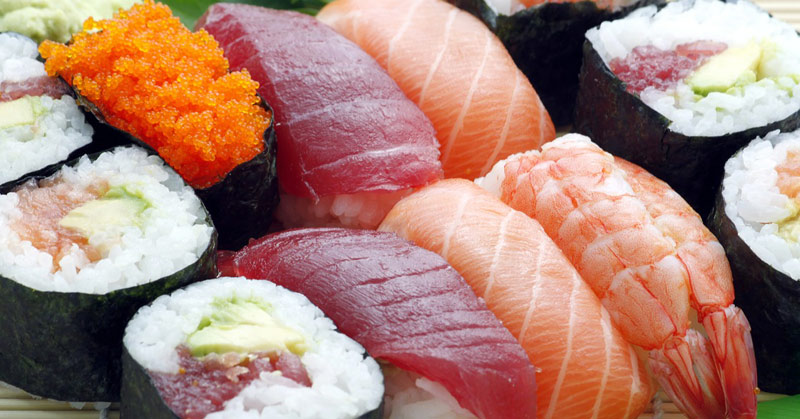Crunchy tempura rolls and perfect pieces of fish dipped in soy sauce and wasabi… If you’re a sushi lover, those words are beautiful music to your ears. But, being so glaringly different than the standard American diet – SAD – when did sushi become such a dietary staple in North America?
Throughout the United States alone, there are around 4,000 sushi restaurants which rake in over $2,000,000,000 every year. However, this was not always the case.[1] As you can image, the prospect of eating raw fish is not exactly appetizing and still isn’t for many people.
In 1966, Noritoshi Kanai and his Jewish business partner, Harry Wolff, opened a Japanese restaurant called Kawafuku in Los Angeles, California’s Little Tokyo. It housed a sushi bar run by a sushi chef and his wife who Kanai brought over directly from Japan. Once Japanese businessmen introduced this type of food to their American colleagues and celebrities caught wind of the latest food craze, sushi bars started rapidly popping up in the West Coast, East Coast, and states in between.[2]
Despite its immense popularity, one major concern continues to drag sushi’s reputation down…
Read More: Sushi Tapeworm Measured At Over 5 Feet Long Is An Eye Opener
Industry Secrets: Tricks That Keep Raw Fish Looking “Fresh”
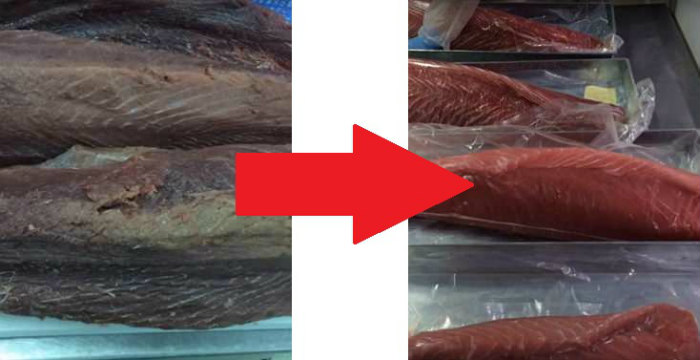
In many cases, fish has to travel a long way to your plate from the moment it leaves the ocean. That’s why sushi franchisers and other seafood providers use tricks of the trade to ship their products. Remember, though, “fresh” looking does not mean fresh.
One of the most common methods is deep-freezing fish. In fact, according to Food and Drug Administration (FDA) regulations, “fish to be eaten raw – whether as sushi, sashimi, ceviche, or tartare – must be frozen first, to kill parasites.” (The commercial standard for freezing fish is 0-10 degrees Fahrenheit.)[3] Unfortunately, instead of the FDA regulating whether or not sushi providers or restaurants freeze their fish, local health officials have that duty. The seeming lack of enforcement is likely the reasons why – when you do hear about them – parasitic infections happen.
Another method used to keep fish “fresh” was recently flagged by Daily Mail Australia. Its government aims to put an and to fish products being marketed as fresh due to the fact that overseas suppliers are pumping seafood with carbon monoxide gas.
While tuna would naturally turn brown during the shipping process, pre-exposing fish to odorless and tasteless gas helps maintain its bright pink or orange appearance. According to author Max Margan, this process suggests that “Australians could be eating fish that was caught two years earlier.”[4] But what’s to stop you from believing the same is not also occurring in the U.S.?
Do These Methods Increase the Risk of Parasitic Infection?
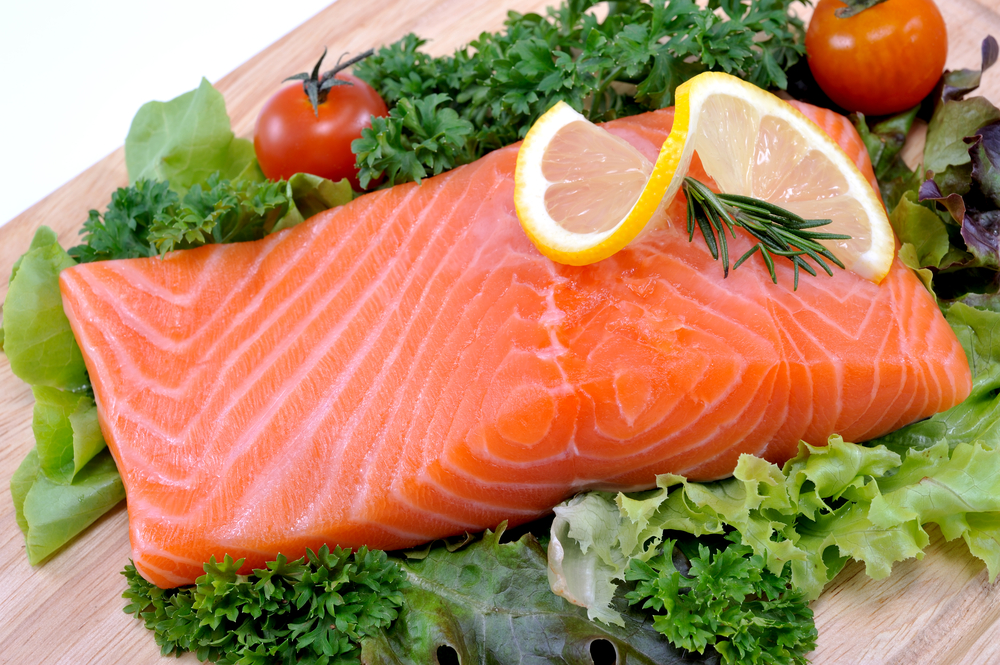
Between improperly frozen fish, fish that have not been frozen at all, and fish pumped full of carbon monoxide gas, people have more than enough reason to be concerned about parasites. You’re probably aware of the skin-crawling symptoms having one can cause:[5,6]
- Severe abdominal pain
- Nausea and vomiting
- Diarrhea
- Weakness
- Fever
- Weight loss
- Loss of appetite
- Cysts or lumps
In short, yes, fish producers and sushi restaurants that employ these methods can increase your risk of getting a parasitic infection. Just look at Dr. Banh’s experience with a patient who had a 5-foot-long tapeworm after eating sushi. Or the Australian fisherman who filleted a fish only to be greeted by eight writhing parasitic worms (pictured below) – thank God no one ingested that one!
In addition to the potential health risks associated with eating raw fish
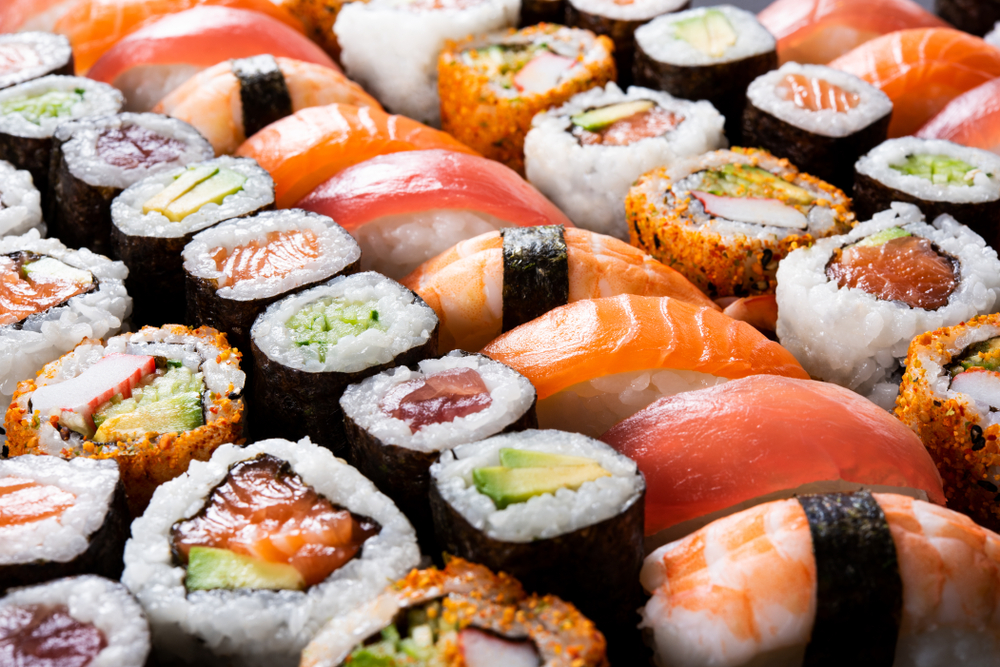
It’s also worth being aware of sushi’s nutritional value. Although it’s often touted as a health food, choosing the wrong menu items can quickly turn into a calorie-heavy, preservative-filled meal that won’t do your body any good. According to Daily Mail:[4]
“An overseas investigation found some servings of sushi contain more calories than a Big Mac – or are as carbohydrate-heavy as seven-and-a-half slices of white bread.
While the McDonald’s favourite racks up 508 calories with 15g of fat and 4g of sugar, a Health and Happiness sushi box from Itsu adds up to 579 cals, 24g of fat and 7.3g of sugar.”
Read More: Is The Sushi You’re Served Made With Fake Crab & Should You Eat It?
The Best Food Options at Sushi Restaurants
https://www.shutterstock.com/image-photo/various-japanese-fermented-food-background-2273187159
- Wild, Omega-3-filled salmon, mackerel, or tuna (if the kitchen provides wild-caught fish)
- Low sodium soy sauce (remember: moderation is key)
- Brown rice (if available)
The Worst Food Options at Sushi Restaurants
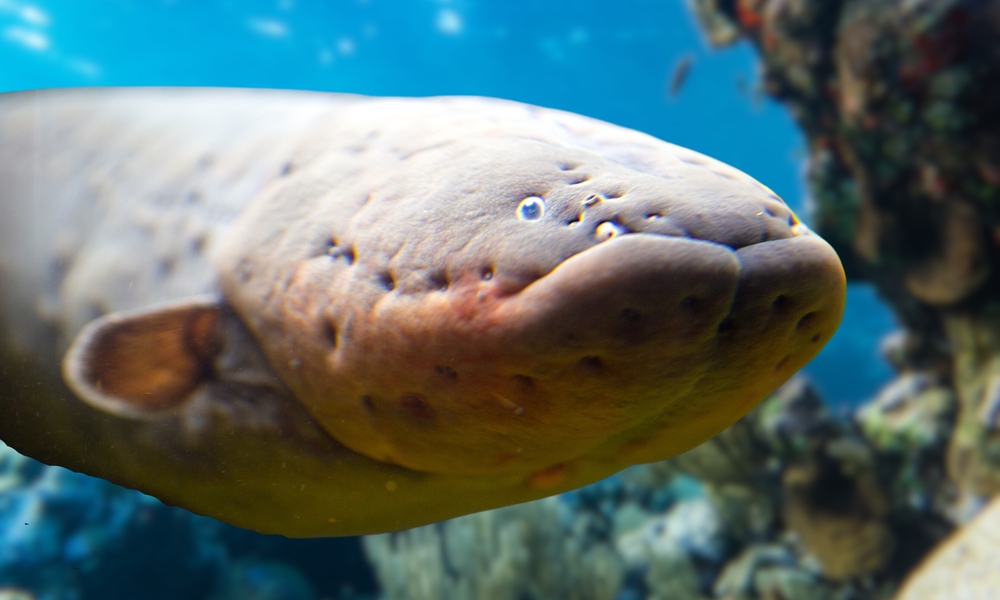
- Eel (which restaurants tend to serve in a sugary brown sauce) and imitation crab (which is full of additives, artificial food coloring, and highly processed)
- Regular soy sauce (extremely high in sodium) and teriyaki sauce (high sugar content)
- White short-grain rice (refined carbs that spike blood sugar and transform into fat fast)
How to Make Sure You Can Still Safely Enjoy Sushi
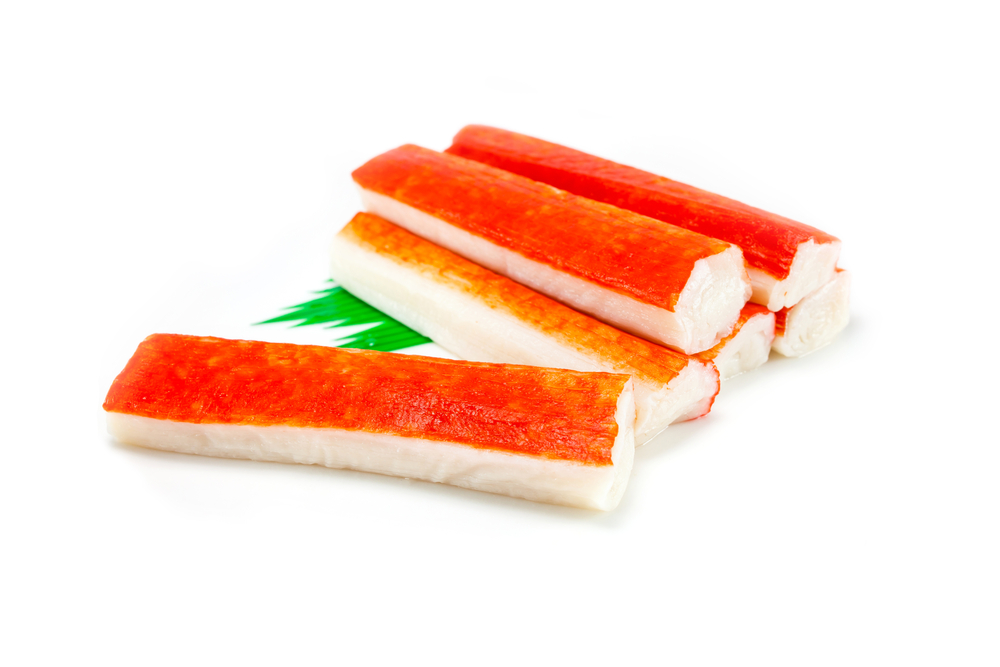
There are a few questions you should answer before digging into your next sushi meal:[7]
- Does it smell fishy? If so, you might want to think twice. Despite being fish and coming from the ocean, you shouldn’t smell more than a hint of seawater if at all. (Note: it shouldn’t taste fishy either.)
- Does the color of the fish look dull, as though it’s browning, or appear to be covered in a filmy residue? If so, you’re better off sticking to non-fish items this time around.
- Has the fish been sitting out in room-temperature environments? If it hasn’t been kept contained, cold, and previously frozen, this fish isn’t worth the risk of parasitic infection.
If you answered YES to any of those three key questions, put down your chopsticks and find another restaurant. There’s no point in sitting down and paying for a meal that will only leave you feeling sick or worse.
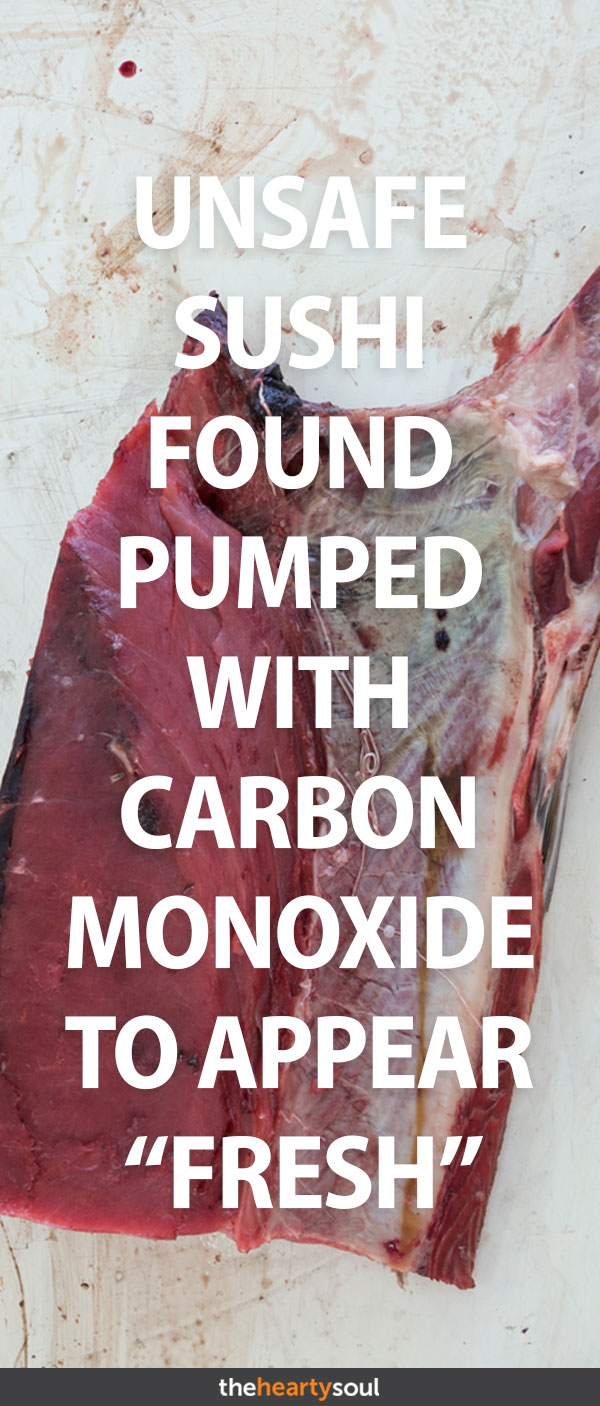
Read More: The Benefits and Potential Dangers of Eating Tilapia Fish
Sources
- Avey, T. (2012, September 05). Discover the History of Sushi. Retrieved from https://www.pbs.org/food/the-history-kitchen/history-of-sushi/
- Moskin, J. (2004, April 08). Sushi Fresh From the Deep . . . the Deep Freeze. Retrieved from https://www.nytimes.com/2004/04/08/nyregion/sushi-fresh-from-the-deep-the-deep-freeze.html
- Margan, M. (2018, May 30). Time to avoid sushi for lunch? The raw fish that’s full of parasites, pumped with carbon monoxide to turn it from black to pink – and worse for you than a Big Mac. Retrieved from https://www.dailymail.co.uk/news/article-5785137/Time-avoid-Sushi-lunch-raw-fish-thats-parasites-pumped-carbon-monoxide.html
- Tapeworm infection. (2017, December 15). Retrieved from https://www.mayoclinic.org/diseases-conditions/tapeworm/symptoms-causes/syc-20378174
- Broyd, N. (2017, May 12). Sushi Lovers Warned About Parasites. Retrieved from https://www.webmd.com/food-recipes/food-poisoning/news/20170512/sushi-lovers-warned-about-parasites
